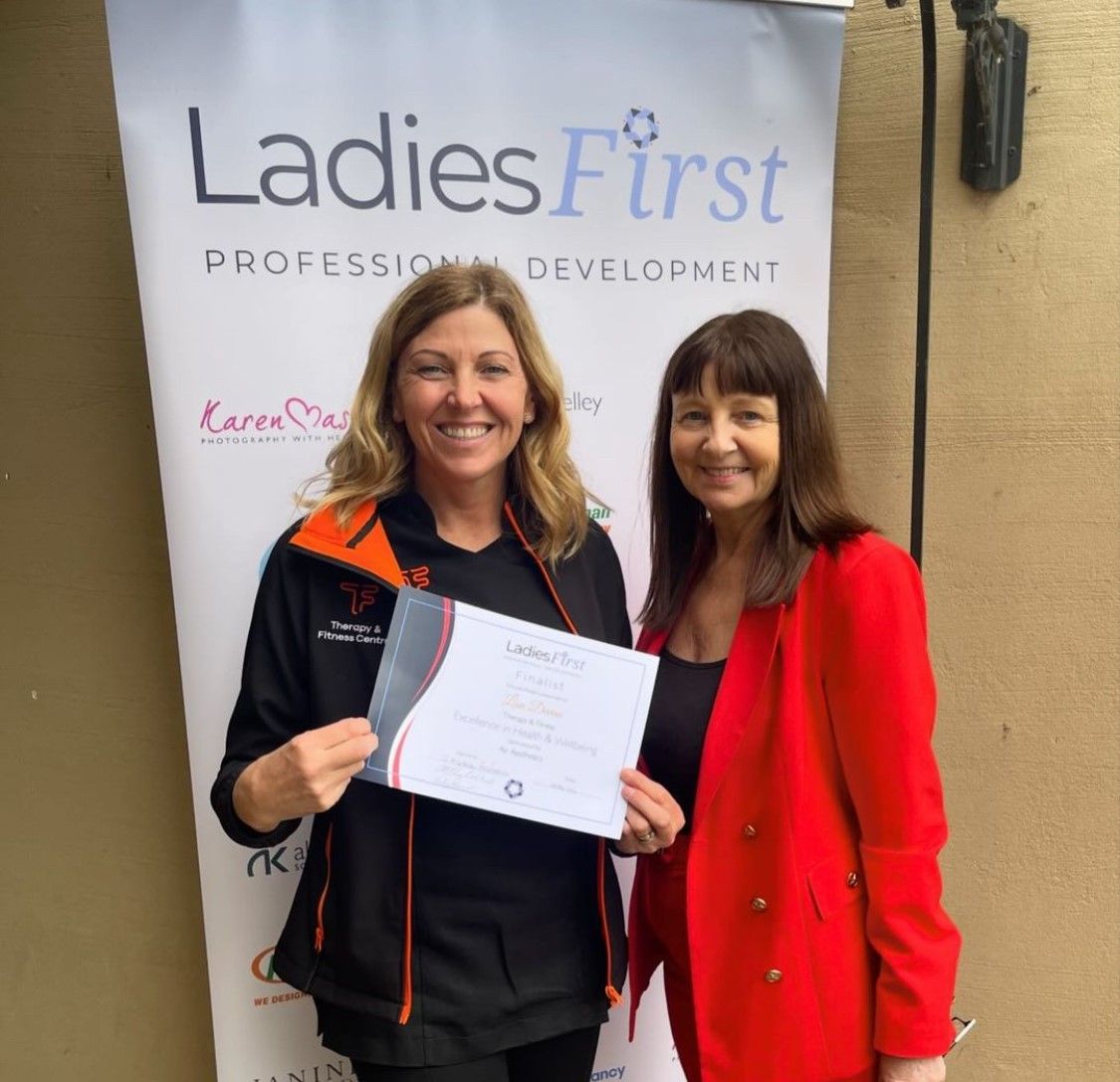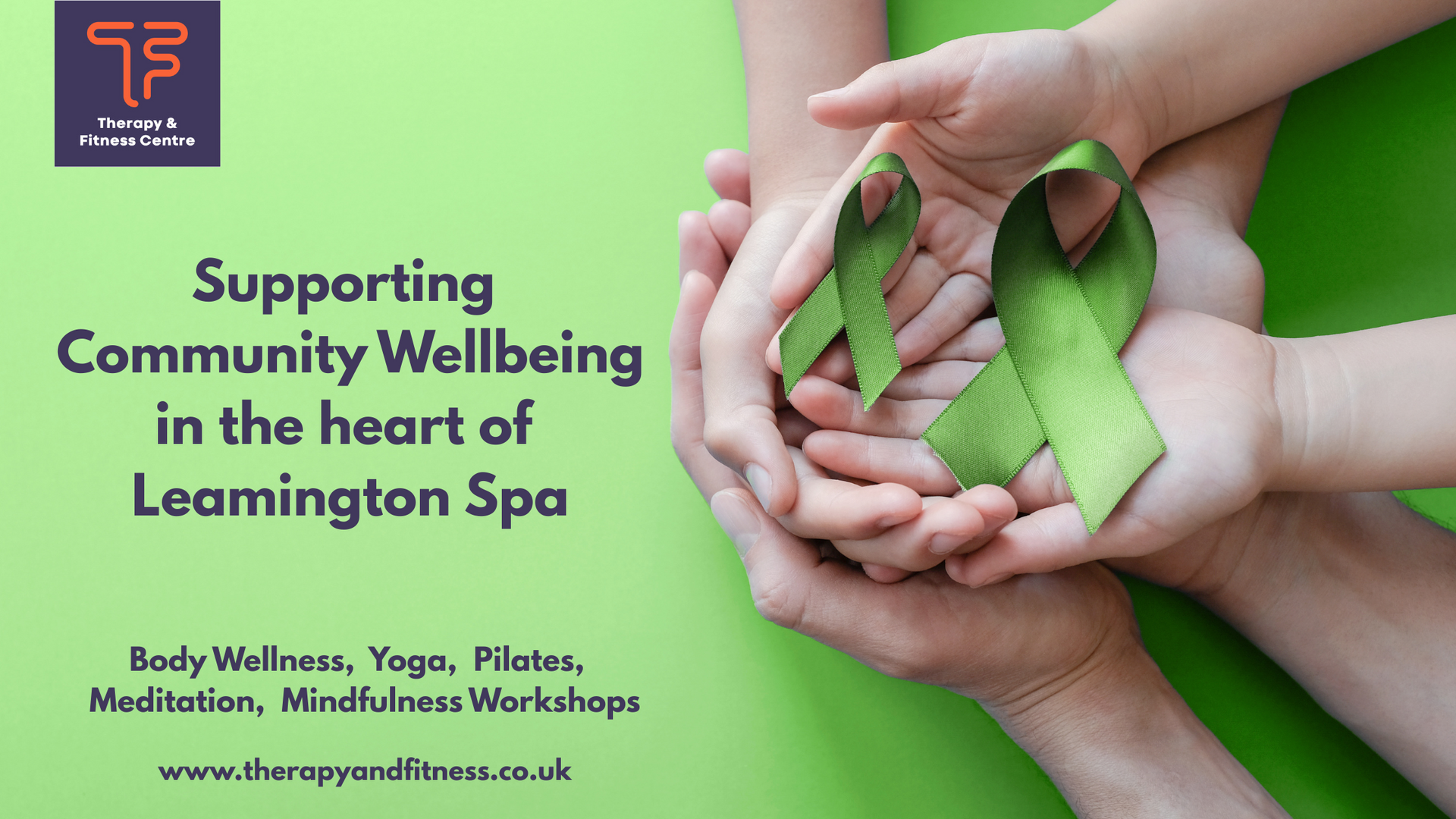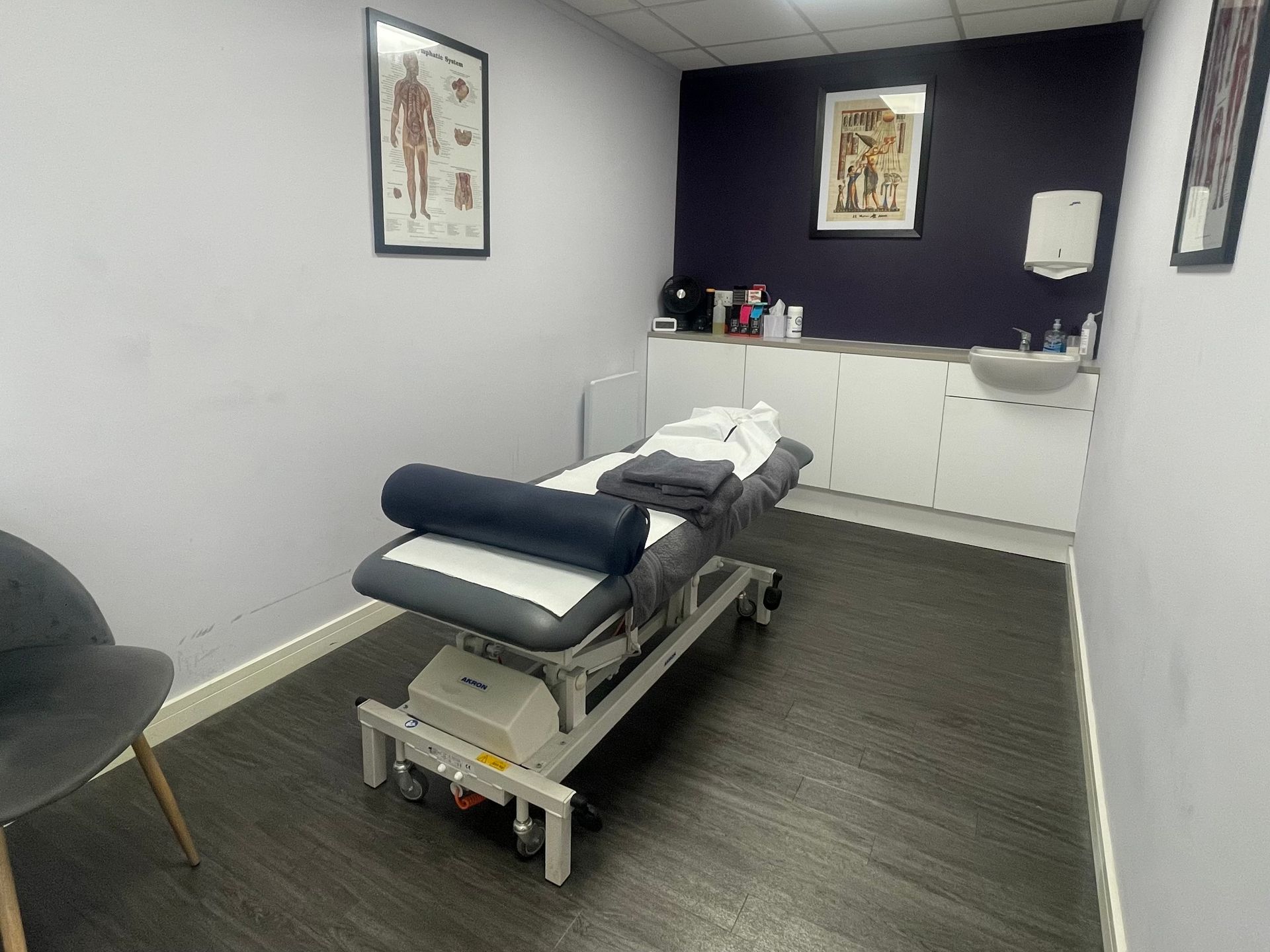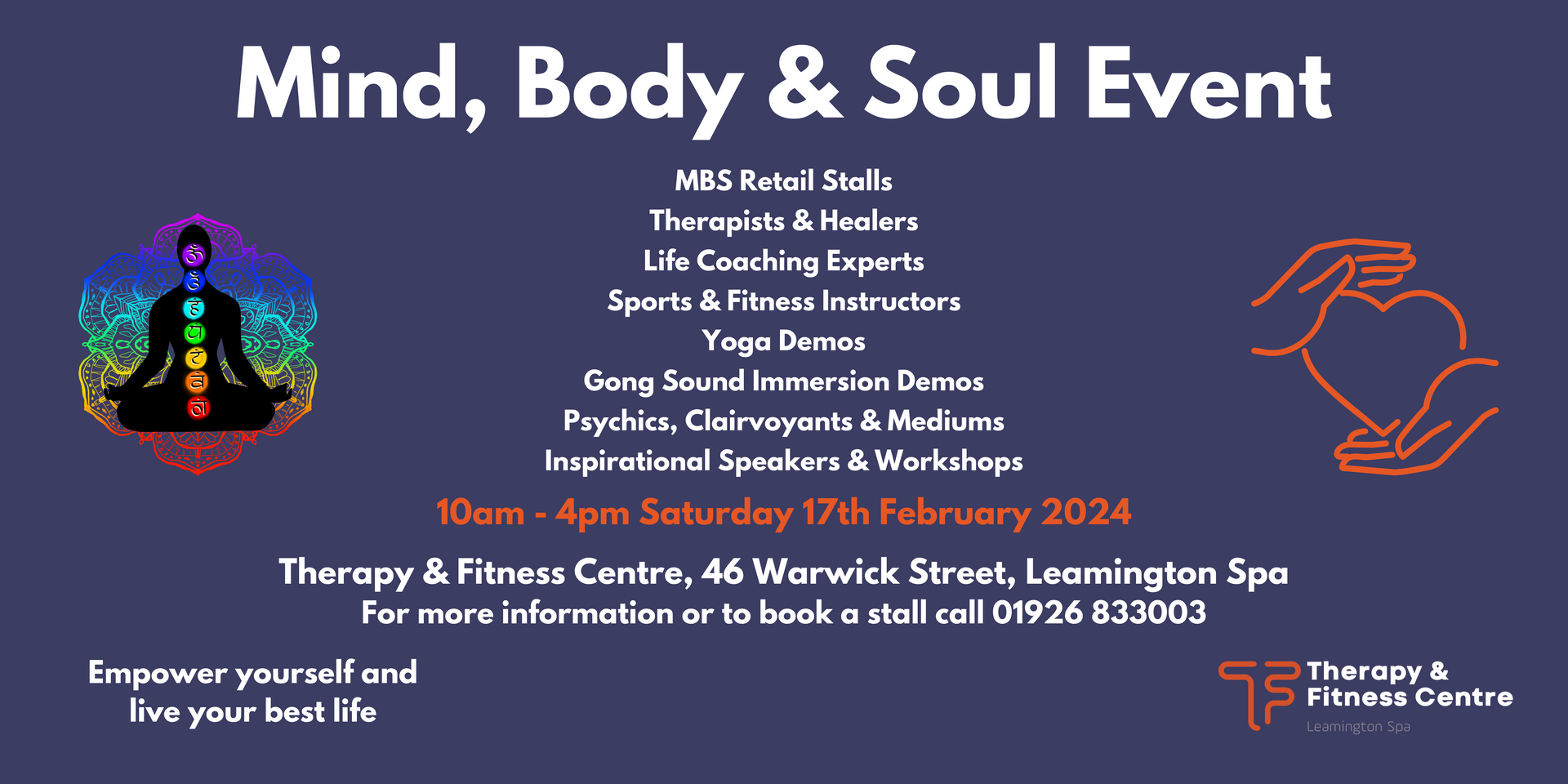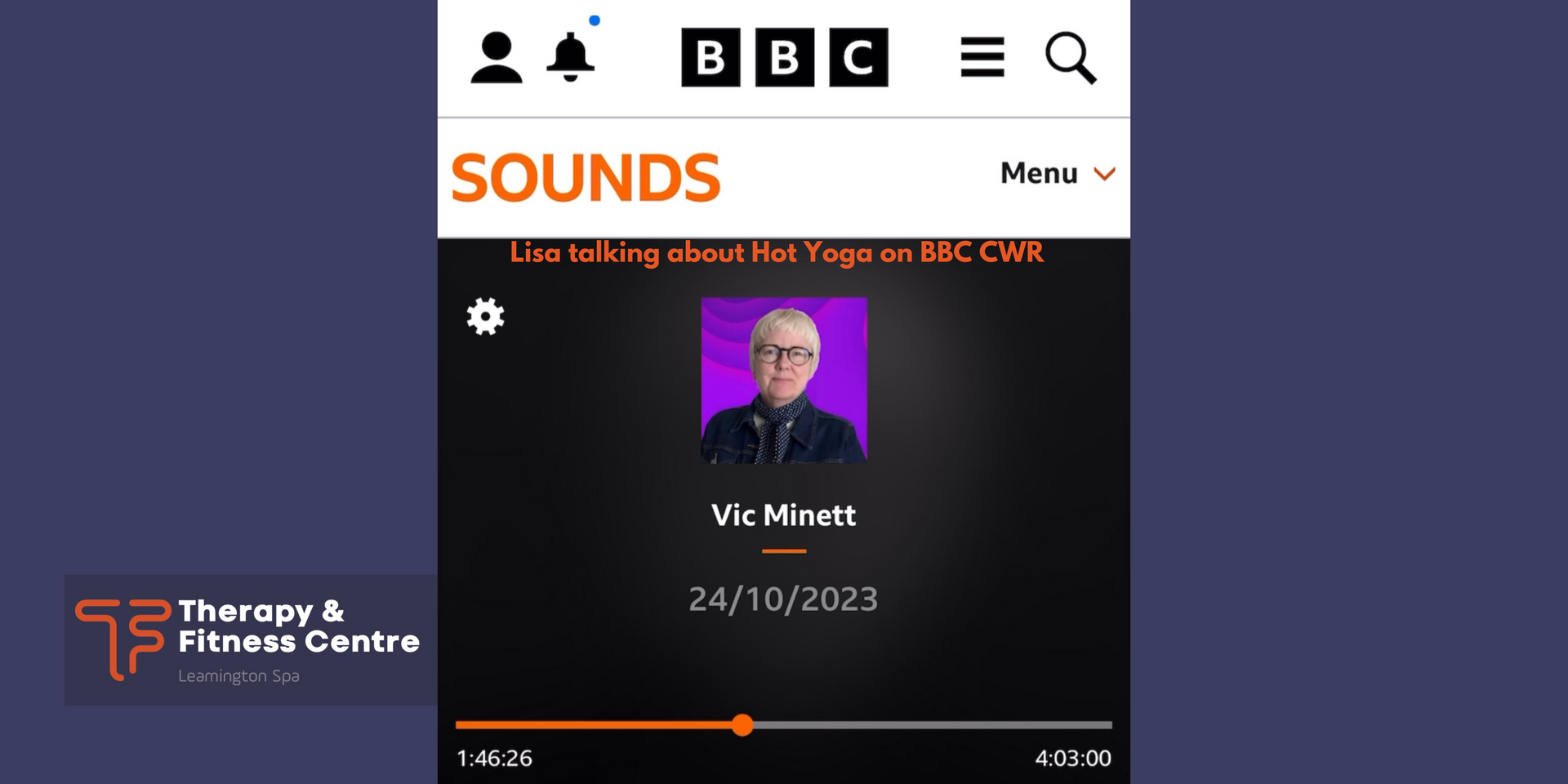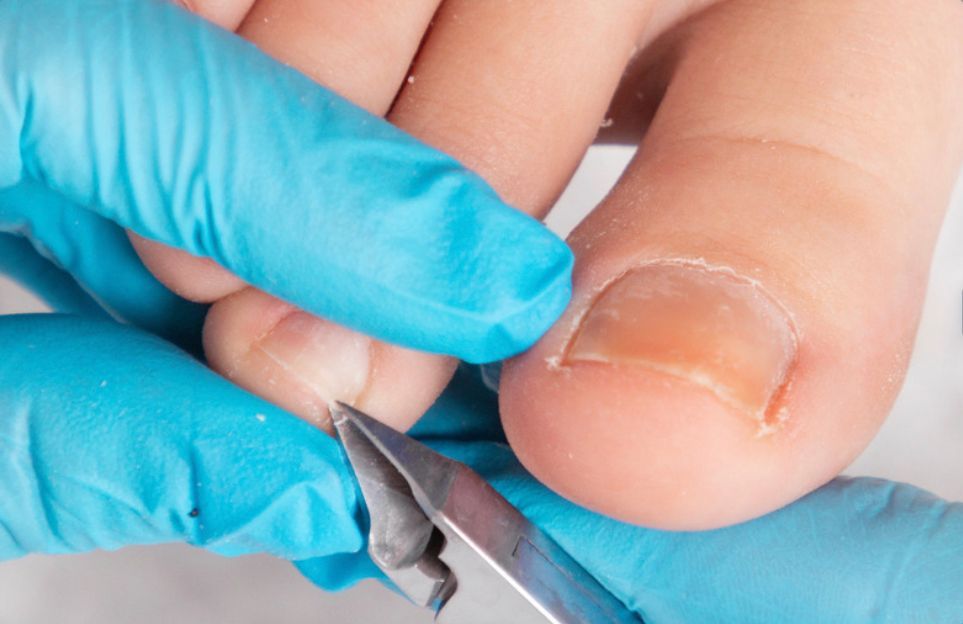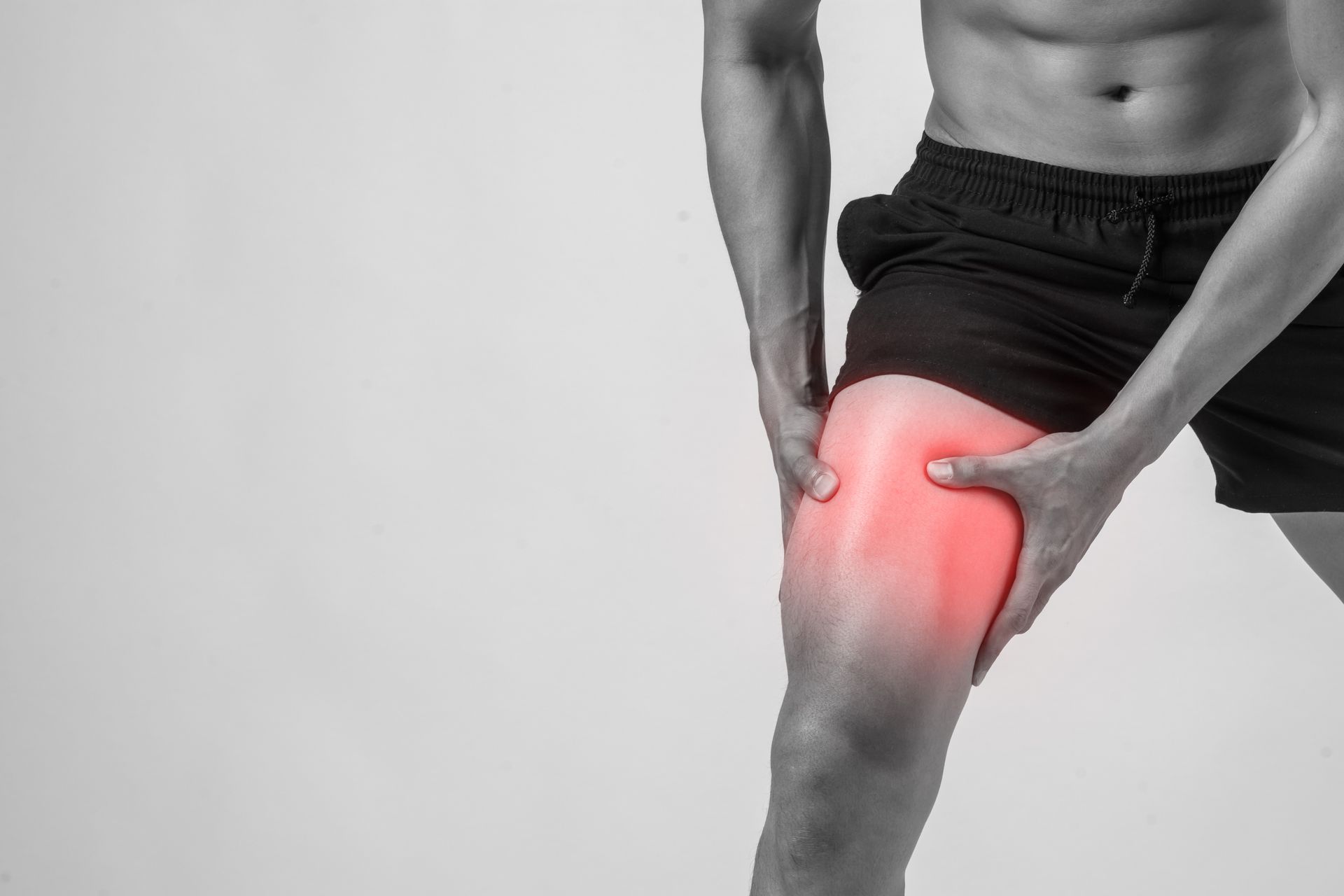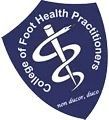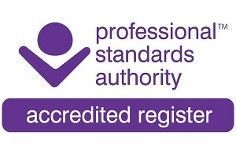Wholegrains
Wholegrains
The challenge: Have a wholegrain option with at least one of your main meals every day.
Why is it important to have wholegrains?
Wholegrains are a great way to increase our fibre intake, which is important for our health. In the UK, many of us are not getting enough fibre in our diet. Wholegrains provide some essential vitamins and minerals that have a wide range of important functions in our body.
Wholegrains include: wholemeal or wholegrain breads, wholewheat pasta, brown rice, wholegrain breakfast cereals, porridge oats, grains (e.g. bulgur wheat, barley, spelt, farro, freekeh or quinoa).
What are wholegrains?
Grains are the seeds of grass-like plants called cereals. Some of the most common varieties are corn, rice, and wheat.
Some seeds of non-grass plants, or pseudocereals, are also considered whole grains, including buckwheat, quinoa, and amaranth.
Whole-grain kernels have three parts
- Bran. This is the hard, outer shell. It contains fibre, minerals, and antioxidants
- Endosperm. The middle layer of the grain is mostly made up of carbs
- Germ. This inner layer has vitamins, minerals, protein, and plant compounds
Grains can be rolled, crushed, or cracked. As long as these three parts are present in their original proportion, they’re considered whole grains.
Refined grains have had the germ and bran removed, leaving only the endosperm.
High in nutrients and fibre whole grains deliver many important nutrients. These include:
- Fibre. The bran provides most of the fibre in whole grains
- Vitamins. Whole grains are particularly high in B vitamins, including niacin, thiamine, and folate
- Minerals. They also contain a good amount of minerals, such as zinc, iron, magnesium, and manganese
- Protein. Whole grains boast several grams of protein per serving
- Antioxidants. Many compounds in whole grains act as antioxidants. These include phytic acid, lignans, ferulic acid, and sulfur compounds
- Plant compounds. Whole grains deliver many types of plant compounds that play a role in preventing disease. These include polyphenols, stanols, and sterols
The benefits of eating wholegrains
In fact, eating wholegrains is associated with various benefits, including a lower risk of diabetes, heart disease, and high blood pressure.
Common varieties of wholegrains include:
- oatmeal
- popcorn
- millet
- quinoa
- brown rice
- whole rye
- wild rice
- wheat berry
- bulgur
- buckwheat
- freekeh
- barley
- sorghum
Products made from these foods are considered wholegrain. These include certain types of bread, pasta, and breakfast cereals. However, when you purchase processed wholegrain products, read the ingredient list to make sure they’re made entirely from wholegrains, not a mixture of whole and refined grains. Refined grains have had some vitamins and minerals added back, but they’re still not as healthy or nutritious as the whole versions.
Also, keep an eye on the sugar content, especially in the case of breakfast cereals, which are often loaded with added sugar.
Seeing “wholegrain” on the packaging does not automatically mean that the product is healthy.
Foods made from grains include breads, pasta, breakfast cereals, muesli, oatmeal, tortillas, as well as junk foods like pastries and cookies. Grain-based products are also used to make ingredients that are added to all sorts of processed foods.
How can we fit wholegrains into our diet?
We can include wholegrains at meals and snacks. For example, porridge or a wholegrain breakfast cereal, such as bran flakes at breakfast time, wholegrain rye crackers with peanut butter as a snack, sandwiches made with wholemeal bread for lunch and wholewheat instead of white pasta, brown rice instead of white as part of an evening meal. More unusual types of wholegrains, such as freekeh or barley, can be included in dishes instead of rice or couscous.
Including wholegrains into your daily diet doesn’t have to be complicated or difficult. Start with swopping to wholewheat bread, rice and pasta and then make small changes in your diet whenever you see a wholewheat option.
